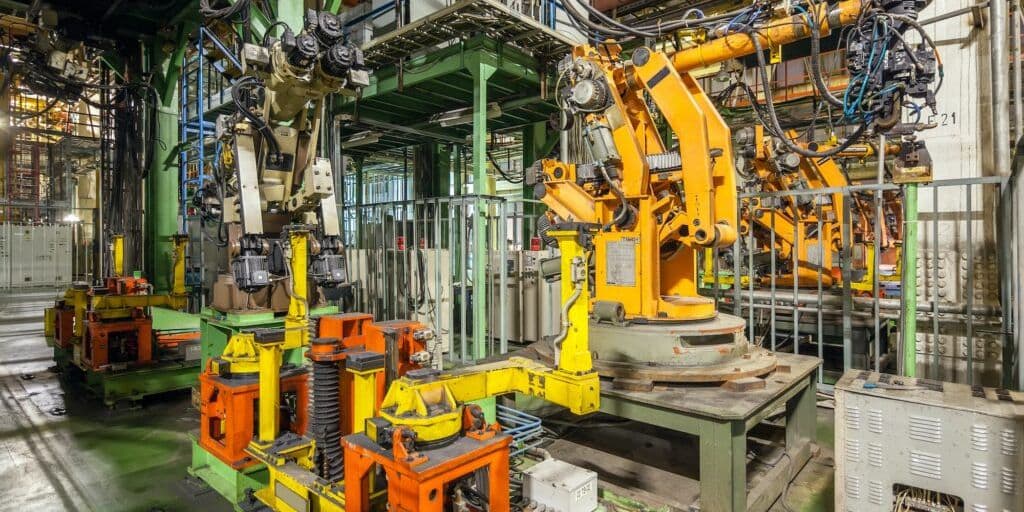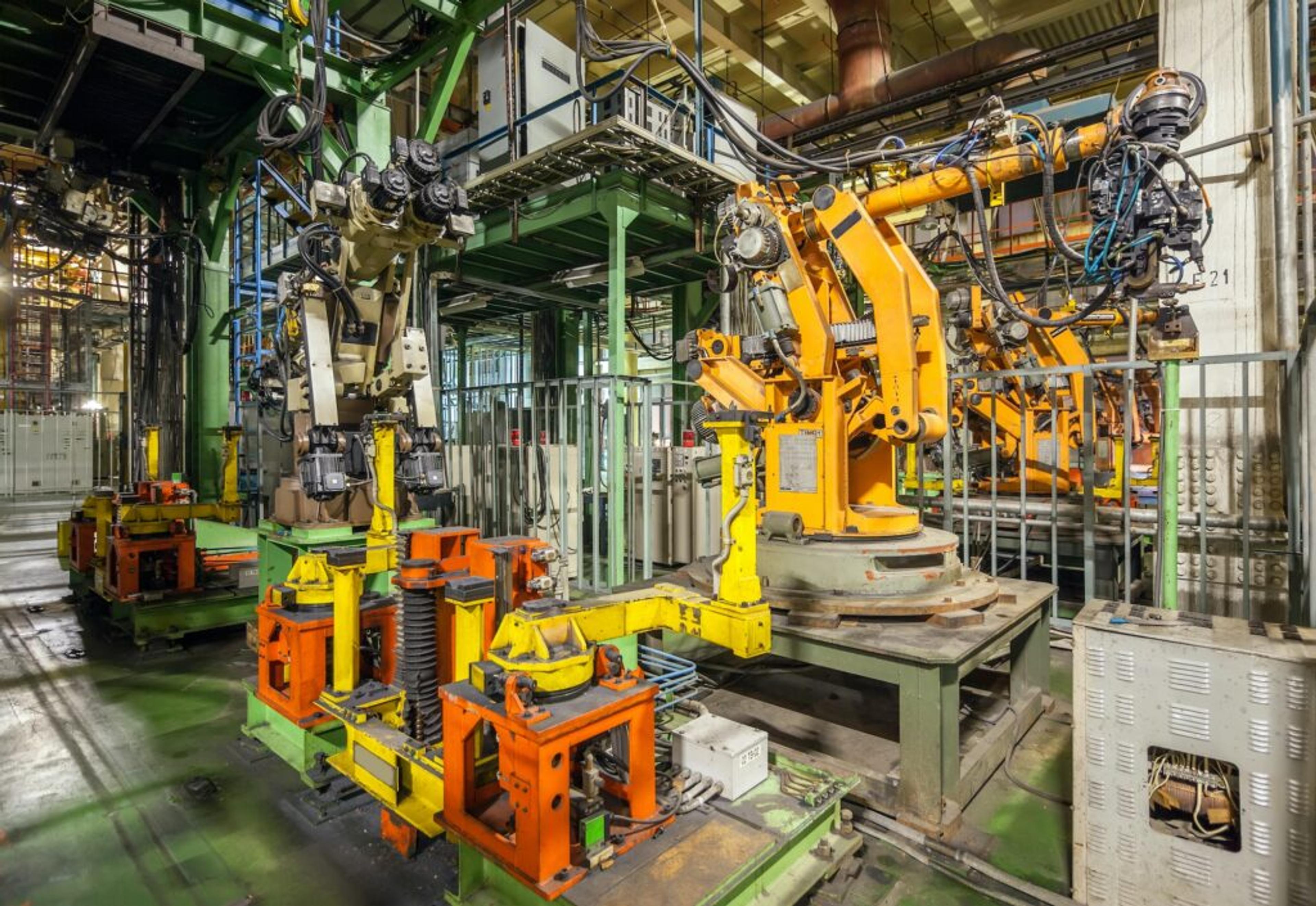Inventory Disasters: Top 5 of All Time



Supply chain, warehouse, and logistics managers can learn from an inventory disaster when it comes to inventory management. There have been millions of minor inventory problems, and numerous major catastrophes as well. Some of the disasters were so enormous that it led to the formation of inventory management. This quickly became an independent area of study in many management colleges. It also gave rise to the Six Sigma practices being a dominant force of normalization for inventory and supply chains.
Here are 5 of the top 10 inventory disasters in the world, historically:
1. Foxmeyer's Gamble into IT
In this era, information technology was just beginning to be in news and it impressed Foxmeyer the most. Foxmeyer was then the second largest wholesale drug distributor in the U.S. It had sales over $5 billion dollars in a highly competitive industry. The company completely overestimated the efficiency gains from the new system, including an inventory system. It picked up inventory orders in large numbers in advance. However the new inventory system failed to handle huge order numbers leading to the collapse of company. This led to bankruptcy and the main operating division of the $5 billion company was sold to its larger rival, McKesson, for only $80 million. Pennies on the dollar, thanks to their inventory disaster.

2. Robots Completely Ruin General Motors
Roger Smith the CEO of GM planned to deploy 14,000 new robots in GM plants by 1990. The goal was to increase the inventory efficiency in plants. But the move backfired when robots, worth billions of dollars, led to a decrease in inventory efficiency and lowered productivity. Talk about inventory disasters! The entire project was later largely scrapped and Smith fired, as GM's costs rose and market share shrunk. It is said at that time GM could have bought both Toyota and Nissan with the money it spent on failed robots.

3. Adidas Warehouse goes Awry
Adidas decided to upgrade its warehouse to a modern warehouse inventory management system. However, it remained rigid on using its own Stratus computer instead of vendor's Unix-based System. They asked them to port the Unix-based system to their computers. The move was an inventory disaster and Adidas was unable to process and ship inventory orders. This lead to major market share losses that persisted for a long while.

4. No toys for Christmas in 1999 by Toys R Us.com (Whoops!)
It was the beginning of online retailing business and Toys R Us. Advertising heavily for its online division, promising to make Christmas deliveries for any orders placed online by Dec. 10. Perhaps it underestimated the power of internet. Tens of thousands of orders were placed. Despite the inventory being mostly in place, the company simply could not pick, pack and ship the orders fast enough. It led to the famous "We're sorry" emails being sent by the company to its customers. This was two days before Christmas, truly an inventory disaster. It left customers irked and forever tarnishing the reputation of a brand. Ultimately proving a wakeup call to the rest of the industry.

5. Cisco's 2001 Inventory Disaster
This example is the perfect example of the excessive inventory affects. Cisco in May 2001, reported $2.2 billion worth of extra inventory it was unable to sell. Cisco did not react in time to see the slowing demand. They ended up with way more routers, switches and other gear than it needed. This represented a 30% decline in sales and over 8,500 layoffs. Cisco's stock fell to $13.63 in April, where thirteen months earlier it was at $82.

To learn more how you can avoid inventory disaster, check out Sitehound or contact us here.
Find here a personal experience



